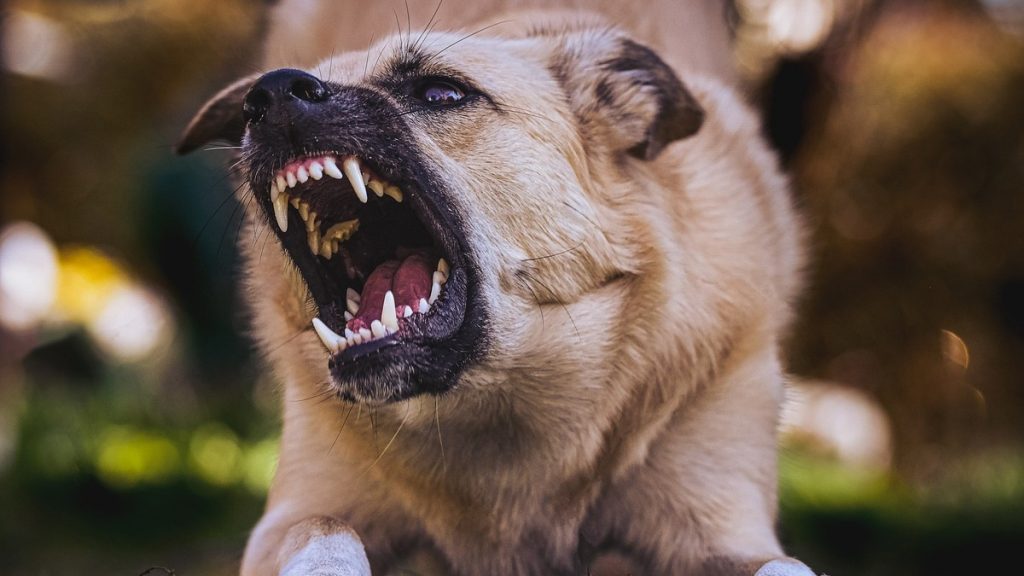What is Rabies?
Foam comes out of the mouth of an angry animal, usually, the word rabies comes to our mind. Coming in contact with such an infected animal can result in a life-threatening, painful condition as mentioned above. According to the report of WHO (World Health Organisation), there are more than 60,000 people who get infected with this dreadful disease every year. Rabies symptoms.
And most of them, about 90% have been bitten by a rabid dog. However, the availability of rabies vaccines for both humans and animals has led to a drastic decline in rabies in all developed countries around the world.
Rabies is a disease that affects the CNS (central nervous system) in humans, especially the brain. Wild animals such as bats, skunks, and raccoons and domesticated wildlife such as dogs, rabbits, and cats can transfer the rabies virus to humans.
It occurs when humans are bitten or scratched by these wild and domesticated animals. The key to fighting this disease is to seek immediate medical attention once you have been bitten or scratched by one of these animals, whether at home or in the wild.
Once infected, the incubation period between the bite and the onset of rabies symptoms is usually between 4-12 weeks. But it has also been observed, this incubation can be from a few days to 6 years.
What are the types of rabies?
- Acute neurologic period: This lasts between 2 and 10 days and often ends in death. Indications vary contingent on how severe or how mild the underlying presentation was. Symptoms of rabies during the acute neurologic period are:
- activism
- profuse salivation
- hydrophobia
- priapism
- photophobia (photophobia)
- madness (paranoia)
- confusion and inconsistency
- attack
- nightmares
- tour
- partial paralysis
- delirium
These symptoms lead to massive brain swelling leading to coma. If intensive care is not provided in time, death is inevitable in a few hours to days.
- Furious Rabies: This is the most famous type. It is characterized by brutal physical and neurological signs. Side effects are inhibited by calming phases. Death occurs, as a rule, due to cardio-respiratory arrest.
- Paralytic rabies: This affects about 20% of individuals and may cause muscle loss, starting from the site of onset and progressing outwards. Paralysis usually results in hip injuries and death due to respiratory failure.
- Atypical rabies: This is a variant associated with bat bites. Symptoms are usually a combination of both furious and paralytic.
What is the cause of Rabies?
Rabies is transmitted to humans from other creatures. It can be transmitted when an infected beast scrapes or mouthfuls another beast or human. Rabies can also be transmitted through the slaver of an infected beast if the slaver comes into contact with the mucous membranes of another beast or human. utmost cases of rabies in humans are caused by canine mouthfuls. In countries where rabies is common in tykes, further than 99 of rabies cases are caused by canine mouthfuls. In the US, the most common source of rabies infection in humans is club mouthfuls, and lower than 5 of cases are from tykes. Rodents are veritably infrequently infected with rabies. The rabies contagion reaches the brain via supplemental jitters. The complaint can be linked only after the onset of symptoms.
Rabies Symptoms
Rabies is a viral complaint that causes severe encephalitis( inflammation of the brain) in humans and other warm- thoroughbred creatures. original symptoms may include fever and thinking at the point of exposure. These symptoms are followed by one or further of the following symptoms violent exertion, unbridled excitement, fear of water, incapability to move body corridor, confusion, and loss of knowledge. After symptoms appear, rabies nearly always results in death. The period between complaint infection and the onset of symptoms is generally one to three months. still, this period can vary from lower than a week to further than a time. This period depends on the distance that the contagion needs to cover to reach the central nervous system.
What’s the prevention of rabies?
Beast control and vaccination programs have reduced the threat of rabies from tykes in numerous areas of the world. People who are at high threat are recommended to immunize before being exposed to the complaint. High-threat groups include people who work on batons or who spend long ages in areas of the world where rabies is common. In people who have been exposed to rabies, the rabies vaccine and occasionally rabies immunoglobulin have been effective in guarding against the complaint if the person is treated before rabies symptoms begin. Washing bite spots and scrapes with cleaner and water, povidone- iodine, or soap for 15 twinkles, as these can kill the contagion, also appears to be kindly
effective in precluding rabies. After the appearance of symptoms, only a small number of individuals survive rabies infection. These passed expansive treatment known as the Milwaukee Protocol.
What is the Rabies vaccine?
There are two types of vaccines available to protect against rabies in humans – nervous tissue and cell culture vaccines. WHO recommends replacing neural tissue vaccines with more efficacious, safer vaccines developed through cell culture as soon as possible. Cell culture vaccines that are more economical and require fewer vaccines have recently been developed.
The rabies vaccine is a vaccine used to prevent rabies. There are a large number of them available that are both safe and effective. These can be used in the prevention of rabies before exposure to the virus and for a period after exposure, such as a dog or bat bite. The immunity that develops after three doses lasts longer. These are usually given by injection into the skin or muscle. The vaccine is usually used with rabies immunoglobulin after exposure. It is recommended that those who are at high risk of exposure get vaccinated before exposure. Vaccination is effective in humans and other animals. Immunizing dogs is very effective in preventing the disease in humans.
Rabies Vaccine name and cost in India
Rabivax Injection 1ml-Serum International-Rs.317.51
Rabipur Injection 1ml-Sanofi Aventis-Rs.336.55
Verorab Antirabies Inj.-Ranbaxy-Rs.369.00
What is the Rabies Vaccine Schedule?
This vaccine should be given to people at high risk such as veterans, cattle herders, etc. People whose activities expose them to rabies virus and rabid animals and international travelers who come into contact with animals of all types should also be considered for these vaccines.
The pre-exposure schedule for vaccines is given in 3 doses:
- Dosage 1: As appropriate
- Dosage 2: 7 days after dose 1
- Dose 3: 21 Days or 28 Days Later Dose 1
- People exposed to the virus repeatedly need to be given a booster dose.
Vaccination after an introduction: A person who has been exposed and has never been immunized against rabies should receive 4 doses of rabies vaccination immediately on part one, a third, seventh, and fourteenth day with additional doses. They should also get another shot called Rabies Immune Globulin as the main component.
A person who has recently been vaccinated should receive 2 portions of rabies antibodies early and the second on the third day and does not require rabies immune globulin.






